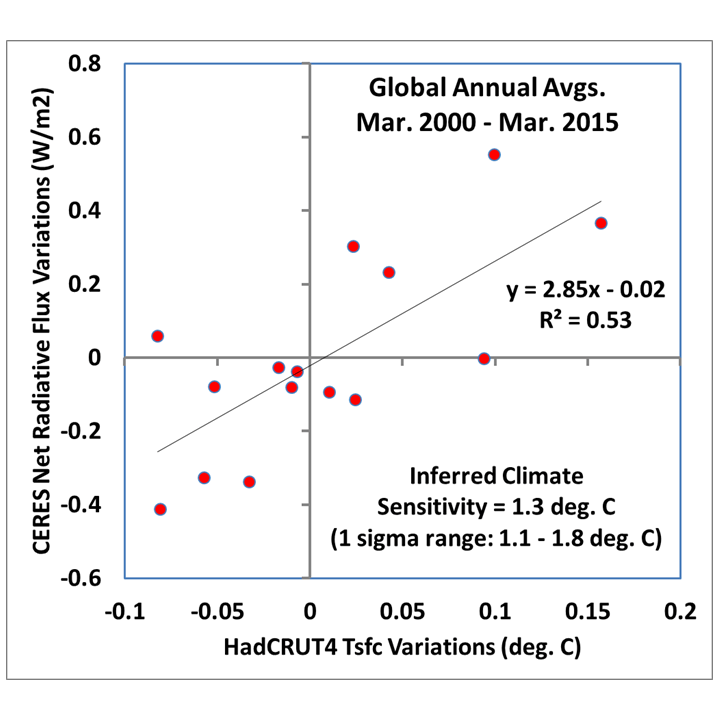Originally known as Triana, named after Rodrigo de Triana, the first of Columbus’s crew to sight land in the Americas, the satellite’s original purpose was to provide a near-continuous view of the entire Earth and make that live image available via the Internet. Gore hoped not only to advance science with these images, but also to raise awareness of the Earth itself, updating the influential Blue Marble photograph taken by Apollo 17. In addition to an imaging camera, a radiometer would take the first direct measurements of how much sunlight is reflected and emitted from the whole Earth (albedo). This data could constitute a barometer for the process of global warming. The scientific goals expanded to measure the amount of solar energy reaching Earth, cloud patterns, weather systems, monitor the health of Earth’s vegetation, and track the amount of UV light reaching the surface through the ozone layer.
Instruments
PlasMag
The Plasma-Magnetometer (PlasMag) measures solar wind for space weather predictions. It has three instruments:
Magnetometer measures magnetic field.
Faraday cup measures positively charged particles.
Electrostatic analyzer measures electrons.
NISTAR
National Institute of Standards and Technology Advanced Radiometer (NISTAR) measures irradiance of the sunlit face of the Earth. This data is to be used to study changes in Earth’s radiation budget caused by natural and human activities. The radiometer measures in four channels:
For total radiation in ultraviolet, visible and infrared in range of 0.2-100 µm.
For reflected solar radiation in ultraviolet, visible and near infrared in range of 0.2-4 µm.
For reflected solar radiation in infrared in range of 0.7-4 µm.
For calibration purposes in range of 0.3-1 µm.
EPIC
The Earth Polychromatic Imaging Camera (EPIC) takes images of the sunlit side of Earth for various Earth sciences purposes, in 10 different channels from ultraviolet to near infrared. Ozone and aerosol levels will be monitored, as well as cloud dynamics, properties of the land and vegetations. .
EPIC has an aperture diameter of 30.5 cm, f 9.38, a FOV of 0.61° and an angular sampling resolution of 1.07 arcsec. Earth apparent diameter will vary from 0.45° to 0.53° full width. Exposure time for each of the 10 narrowband channels (317, 325, 340, 388, 443, 552, 680, 688, 764 and 779 nm) is about 40 ms, and camera will produce 2048×2048 pixel images, but to increase number of downloadable images to 10 per hour the resolution will be averaged to 1024×1024 onboard; final resolution will be 25 km/pixel .
https://en.m.wikipedia.org/wiki/Deep_Space_Climate_Observatory



